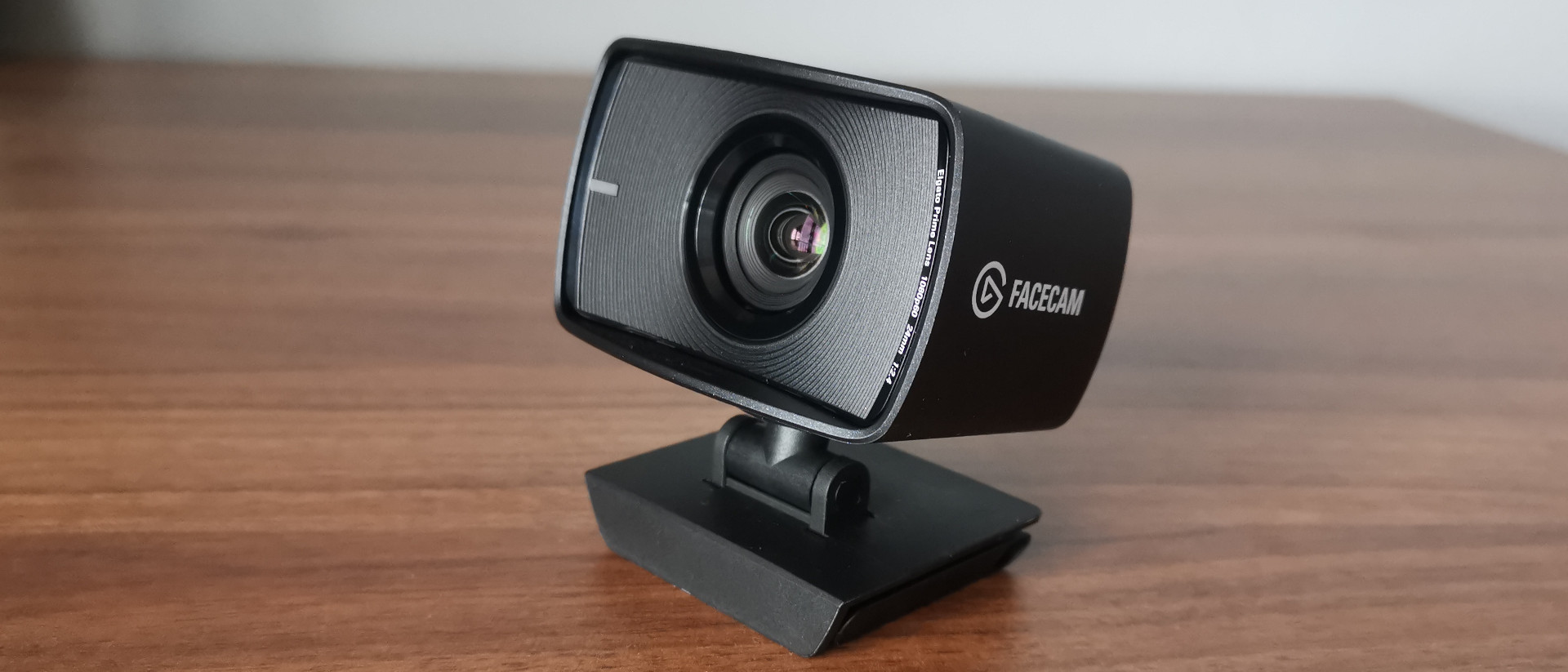Digital Camera World Verdict
The Elgato Facecam succeeds in being a webcam designed specifically with streamers in mind, by stripping out features that most streamers and professional broadcasters find cumbersome, such as autofocus and a built-in microphone. With 1080p resolution at 60FPS and fantastic software controls, this is a great product for a specialist market, though everyday folk just looking to buy a webcam may want to steer clear.
Pros
- +
Uncompressed 1080p at 60FPS
- +
Software allows DSLR-like controls
- +
Fixed-focus lens
Cons
- -
No HDR
- -
Raw video is over-saturated
- -
Incredibly expensive for a webcam
Why you can trust Digital Camera World
The Elgato Facecam looks aesthetically as if someone smashed together a DSLR camera with a traditional webcam, which is actually a pretty apt description of the performance you can expect from the product. For most streamers, webcams have a shelf life. If your broadcast takes off and you gain a larger following, the next step for many is to upgrade your existing equipment such as from a gaming headset to a dedicated USB or XLR microphone.
One of the biggest investments is usually to upgrade away from using a webcam to a professional camera such as the Sony ZV-1 or the Sony A6100, both of which are popular amongst Twitch users and YouTubers. The leap in quality from something like a Logitech C920 is worth every penny, but it left a gap in the market for professional streaming webcams to occupy.
This is where the Elgato Facecam shines. There are other offerings available now in this small category, such as the Razer Kiyo Pro and the Dell Ultrasharp, and while they certainly have their own pros and cons, Elgato is a company that specializes in creating hardware for streamers and content creators, something which gives the Facecam an edge over the competition.
What makes it so great is that many features you’d expect to be a standard on webcams such as autofocus and built-in microphones have been completely omitted because they become more of a hindrance than an asset during a broadcast.
This makes it less suited for the everyday user just looking to join some meetings via Zoom, especially if you find the retail price of $199.99 / £189.99 hard to digest, but if you require an upgrade or are looking to jump right into streaming with a little extra cash in your pocket, the Elgato Facecam should be bought to your attention.
Specifications: Elgato Facecam
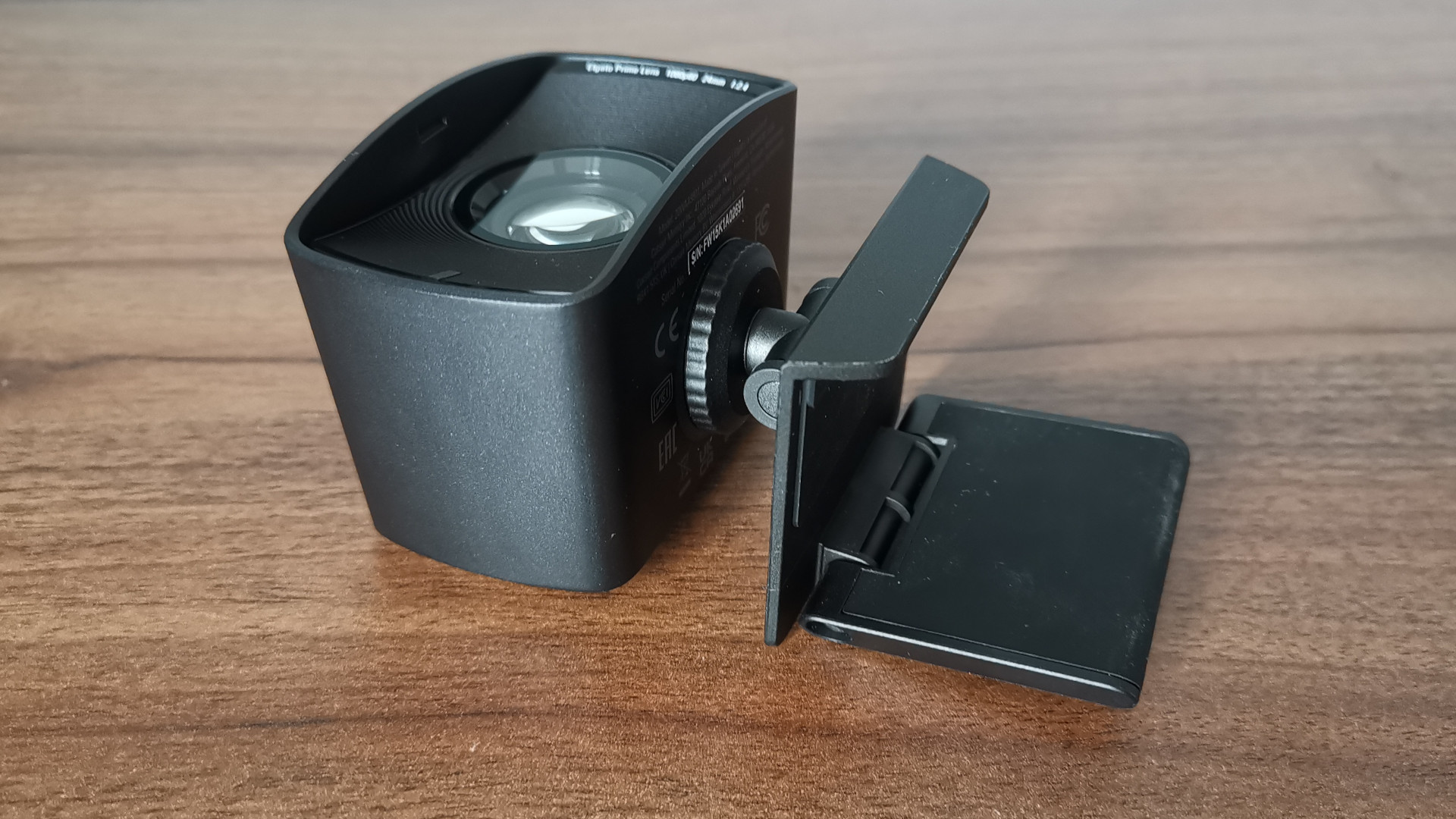
Resolution: 1080p
Field of view: 83.2 degrees
Frame rate: 60FPS
Digital zoom: Yes, 4x
Inbuilt microphone: No
Autofocus: No
Privacy cover: Yes
Connection: USB type C to USB 3.0
Key features
As mentioned, part of what makes the Elgato Facecam rather unique is that rather than cram a mediocre microphone into the product, this webcam doesn't have a mic at all.
Two of the most important things for online broadcasting are your lighting and audio quality, which means most will be prepared to purchase a separate recording device, be that a stick-style mic on a gaming headset or a dedicated USB microphone. Elgato even sells its own, the Wave 3 USB microphone, if you wanted to keep things in the family.
Not including a mic helps to reduce any nuisance when setting up your audio settings across various applications, and many content creators know the pain of recording and interview or video, only to find that your voice was being picked up on your webcam mic rather than the fancy XLR you’d set up.
The Facecam is also fixed-focus, another feature that will appeal to people who broadcast frequently. Some webcams like the Razer Kiyo Pro and the Logitech Brio can have an especially sensitive autofocus that will try and reframe you every 20-30 seconds, something that will make any video footage you capture look messy.
The thing is, we’re sure that most everyday users will be affected by the loss of an on-board microphone or autofocus either, especially given how expensive the Elgato Facecam is. If you wanted either of those features, chances are you don’t need something streaming-specific, in which case there are plenty of more affordable offerings to better suit your needs.
Another niche feature is that the Facecam sports eight built-in features that each supposedly serve a different purpose, the benefits of which are listed below:
Aspherical Surface: Maximizes image perimeter sharpness
IR Cut Filter: Blocks infrared light from disrupting the sensor
Low Dispersion Glass: Reduces chromatic aberration, enhances contrast, tonality and sharpness. Constant transmittance over the entire color spectrum. Neutral colors, no tint, no color distortion
Eighteen Anti-Reflective Coatings: Improves transmittance, prevents lens flare, and preserves image detail
Elgato has also included a Sony STARVIS CMOS sensor in the device, something typically used in high-quality security cameras that aids in low-light filming environments. It feels like an odd choice, but the Facecam does cope well in dimly-lit environments, even without the help of a ring light or key light.
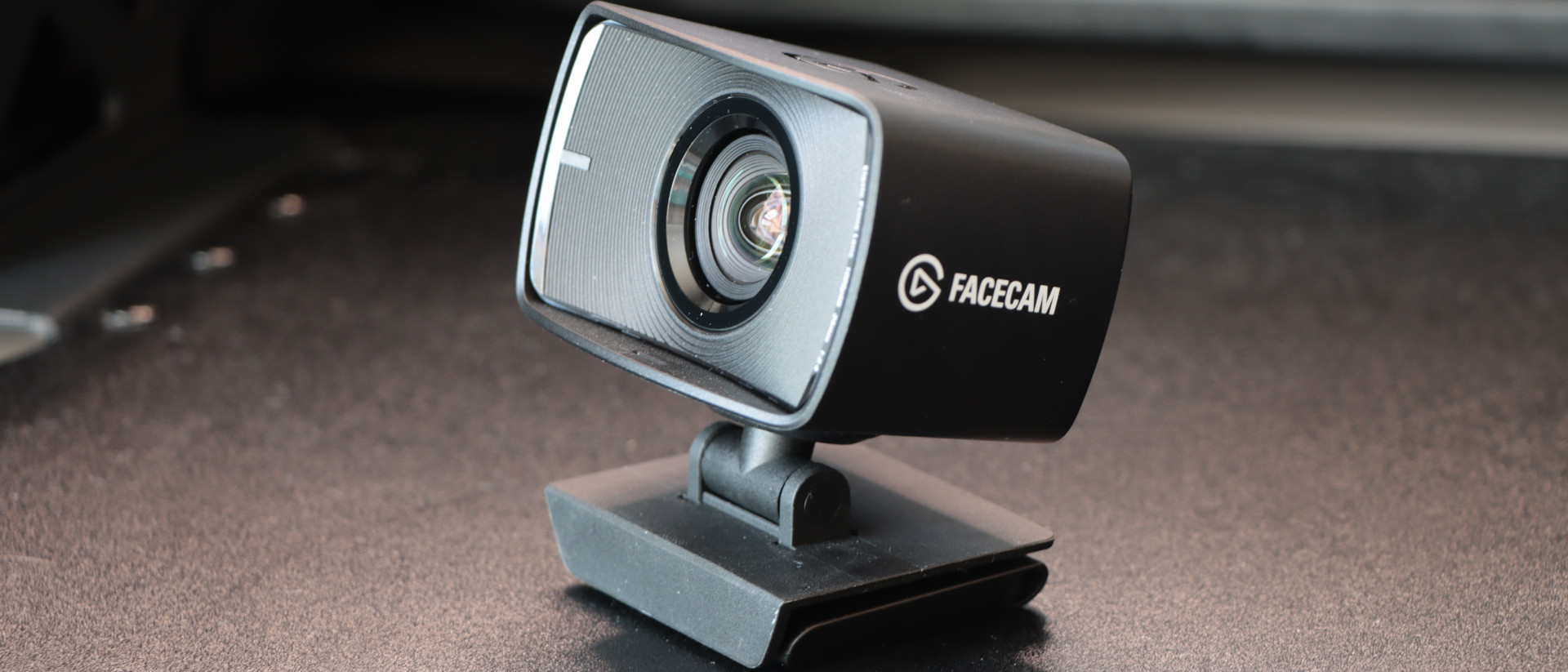
Build and handling
The shape of the product is rather unusual, with a cube-like ‘head’ that more closely resembles an action camera than a typical webcam. Still, the design is inoffensive and doesn’t take up too much room if placed on top of a laptop or monitor despite measuring in at 3 x 1.5 x 2 inches. The L-style mount means that you can place the Facecam directly onto a desk if you don’t enjoy having it at eye level, and also fully detaches to reveal a standard tripod thread, which gives you plenty of placement options when setting up your broadcast.
Build quality is decent, though the Facecam is constructed mostly from black plastic which can feel a little cheap considering the asking price. You do also get a lens cap cover for privacy if you care about that sort of thing.
The included USB-C to USB-A cable measures in at about 80 inches long and presents itself with some offer issues you may need to be aware of - the Elgato Facecam can be especially fussy with what ports you’re plugging it into. Make sure you have a USB 3.0 port free as the webcam won’t work with anything else, making it unusable for those with older hardware or slim laptops that lack available ports.
Performance
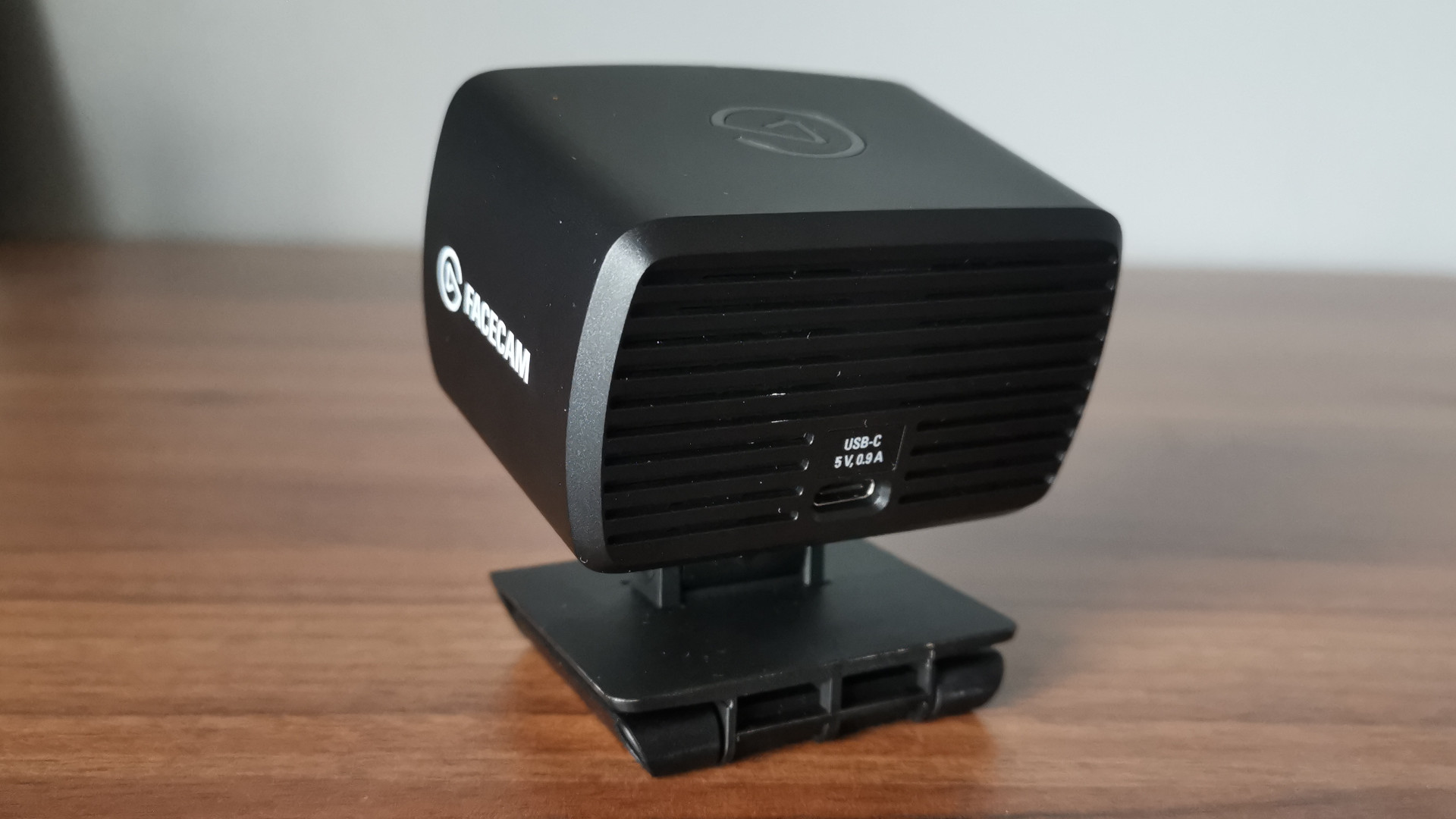
Like several other streaming-specific webcams on the market, the Elgato Facecam offers 1080p resolution quality at a smooth 60fps, which is more than ample for recording on smaller windows for Twitch and YouTube gaming. You could also get away with using the Facecam to record full YouTube videos, though the quality is noticeably different from that of a true DSLR camera.
The footage itself is also oversaturated, and we have mixed feelings about that. In darker environments (picture a typical streamer setup with RGB lighting and no main light source), this is actually beneficial as it helps to make your surroundings pop, but if you’re already well lit it can be overstimulating and unnatural.
Luckily you can change this using the Elgato Camera Hub software, which is a real joy to use compared with webcam applications from brands like Logitech or AVerMedia. Its easy to use and feature-packed, providing a full range of options to change the contrast, saturation, shutter speed, field-of-view (with a handy slider rather than fixed options), and more.
If you want more detailed edits then Elgato has included an intuitive ISO reader, a great asset for content creators who use studio lighting (or indeed Elgato’s own Key or Ring lights). When you’ve made all the adjustments you need to the settings, you can save your adjustments as a new default setting to the webcams onboard flash memory to avoid messing with it every time you start broadcasting.
Verdict: Elgato Facecam
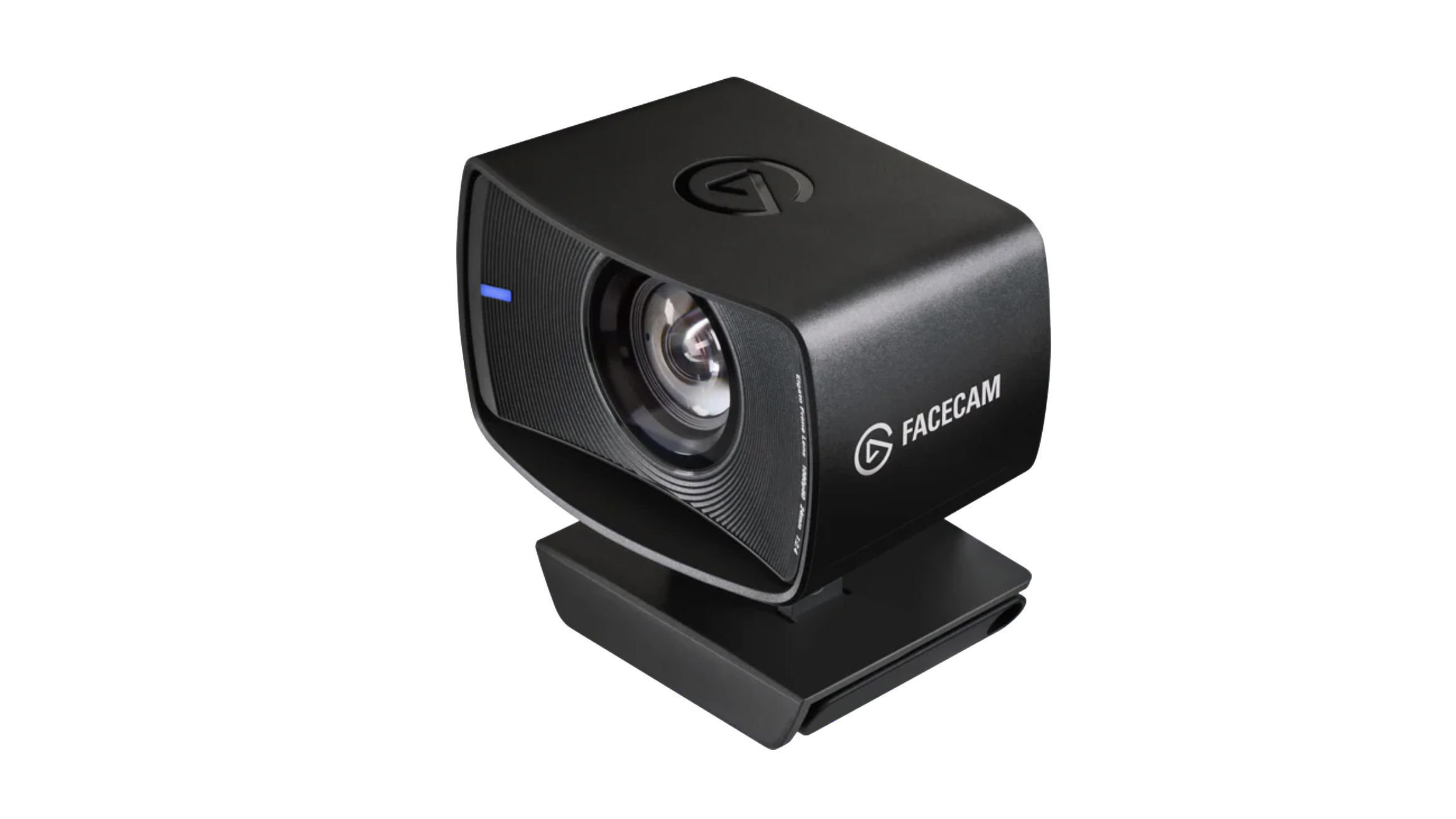
The Elgato Facecam is certainly a pricey purchase, but its features (or lack thereof) make it our top pick for streamers who are looking to upgrade from a less powerful webcam, but aren't ready for the leap into using a full professional camera setup yet.
If you’re just looking for a good quality webcam for work or keeping in touch with family however, the expense might not be worth it, especially if you don’t already have a dedicated USB microphone or headset. There are more affordable options like the Logitech C930 or even the Logitech Streamcam in those cases. If you value quality broadcasting though, the Facecam is worth every penny you pay for it.
Read more
The best webcam
Best conference webcams
Best PTZ camera
The best camera for streaming
Best projection screens
Best film scanners
Best all-in-one printers
Jess writes about computing at Techradar, where she covers all aspects of Mac and PC hardware, including PC gaming and peripherals. While she loves all areas of computing tech, broadcasting and gaming-related hardware such as webcams, USB microphones, VR headsets and mechanical keyboards are certainly a special interest subject. You find her bylines at Creative Bloq and Space.com, and she has previously been interviewed by the BBC as an industry expert.
